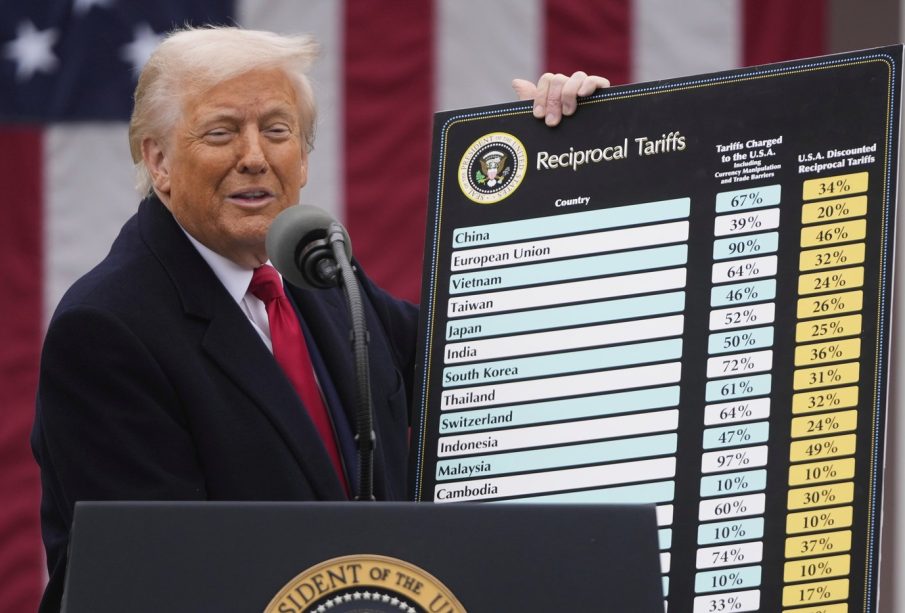Understanding Donald Trump’s Tariffs on Canada

Introduction
Donald Trump’s administration significantly impacted international trade relations with the introduction of tariffs, particularly affecting Canada. Tariffs, which are taxes imposed on imported goods, were aimed at protecting domestic industries in the U.S. However, they sparked a wave of reactions and repercussions that have continued to influence trade dynamics between the two neighboring countries.
Background of Tariffs
In 2018, President Trump announced tariffs on aluminum and steel imports, citing national security concerns and a need to protect American workers. These tariffs, initially set at 25% for steel and 10% for aluminum, directly targeted Canada, the largest supplier of these metals to the U.S. This move was part of Trump’s broader strategy to renegotiate trade agreements and reduce trade deficits with other countries.
Impact on Canada
The tariffs resulted in significant challenges for Canadian exporters, leading to retaliatory measures from the Canadian government. Canada imposed tariffs on a range of U.S. goods, including whiskey, orange juice, and various industrial products, aiming to balance the trade scales. The Canadian economy, heavily reliant on exports, particularly in the manufacturing sector, faced uncertainty as the tariffs elevated costs and disrupted supply chains.
Recent Developments
As of late 2023, ongoing discussions and negotiations continue to shape the U.S.-Canada trade landscape. Although the Biden administration has taken steps to alleviate some tensions, the effects of Trump’s tariffs still resonate. For instance, Canadian producers are gradually adapting to the shifted market conditions while exploring new opportunities in other countries to mitigate their reliance on the U.S. market.
Conclusion
The legacy of Donald Trump’s tariffs on Canada exemplifies the complexities of modern international trade relationships. As both nations navigate the aftermath and strive for cooperative frameworks, the significance of these tariffs remains evident. Stakeholders, including businesses and policymakers, must stay informed about the evolving trade policies and their potential impacts on the economy. Future developments will likely impact not just trade but also the broader geopolitical landscape between Canada and the U.S.









